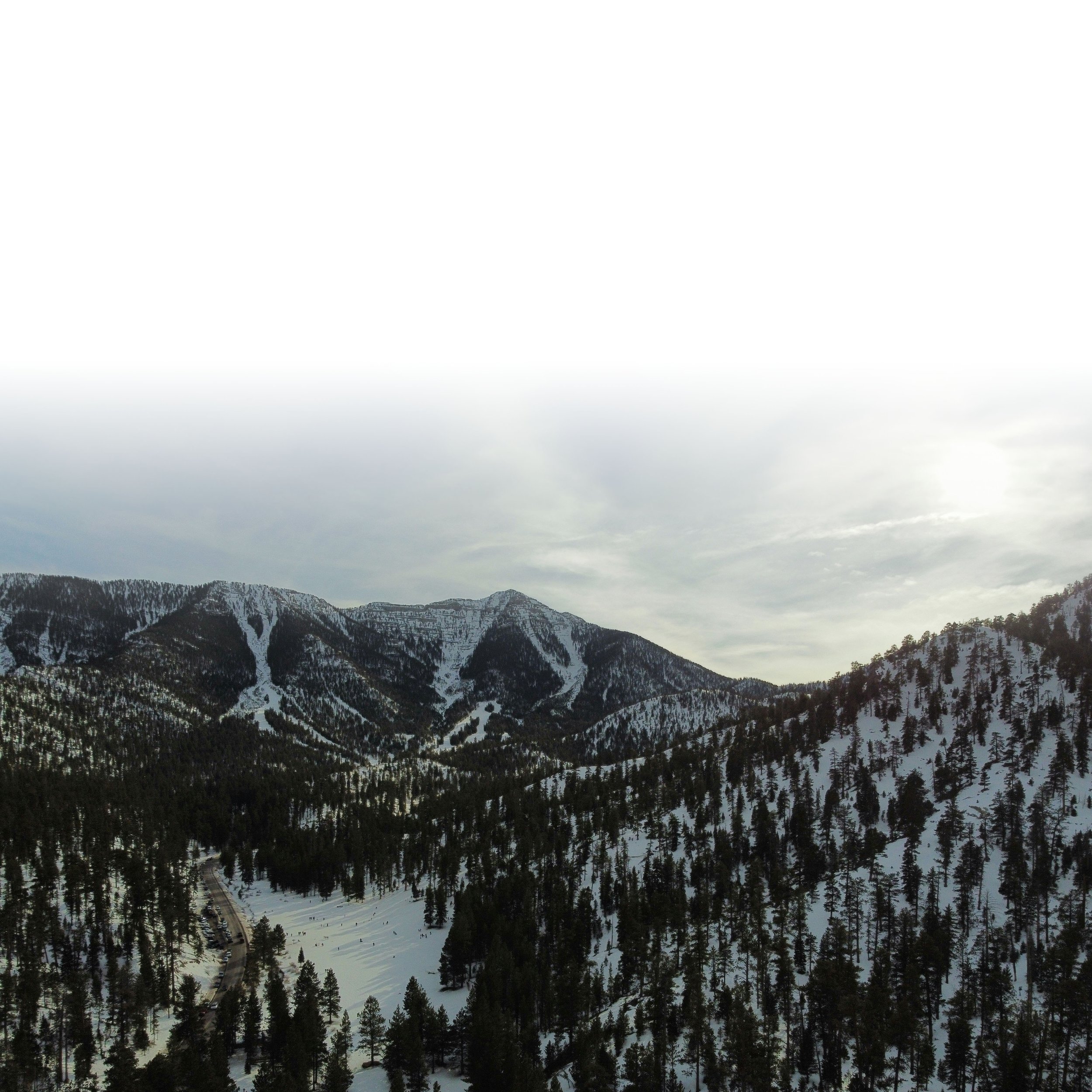
DEFENSIBLE SPACE
WHAT IS DEFENSIBLE SPACE?
Creating defensible space and hardening homes are the best ways to protect homes and structures from wildfires. Defensible space involves creating a buffer between a structure and the surrounding vegetation. Home hardening addresses the most vulnerable components of a structure using building materials and installation techniques that increase resistance to heat, flames, and embers accompanying wildfires. Many home hardening measures are simple, low-cost retrofits that decrease the potential for flammability in buildings and structures.
WHY IS IT IMPORTANT?
Creating defensible space is crucial for increasing your home's chances of surviving a wildfire. It involves establishing a buffer between the buildings on your property and the surrounding grass, trees, shrubs, and wildland vegetation. This space serves to slow or halt the spread of wildfire, shielding your home from catching fire due to direct flame contact or radiant heat. Defensible space also plays a vital role in ensuring the safety of firefighters defending your home.

DEFENSIBLE SPACE CHECKLIST
-
Zone 0 extends 5 feet from buildings, structures, decks, etc.
While not legally required yet, Zone 0 is key for wildfire defense and preventing fires from spreading to your home. Here are the current guidelines:
Use gravel, pavers, or concrete instead of combustible mulch
Clear dead weeds, grass, and debris; check roofs, gutters, and outdoor areas
Keep branches trimmed 10 feet away from chimneys and stovepipes
Minimize combustible items like furniture and planters on decks
Move firewood and lumber to Zone 2 for safety
Replace combustible fencing and gates with fire-resistant materials
Shift garbage and recycling containers to a safer area outside this zone
Relocate boats, RVs, and vehicles away from this zone to reduce fire risks
-
Zone 1 extends 30 feet from buildings, structures, decks, etc. or to your property line, whichever is closer.
Clear all dead plants, grass, and weeds
Remove dead leaves and pine needles from your yard, roof, and gutters
Trim overhanging branches and keep them 10 feet from your chimney
Regularly trim trees to maintain a 10-foot gap from others
Move wood piles to Zone 2
Prune flammable plants and shrubs near windows
Clear flammable vegetation and items from under decks, balconies, and stairs
Maintain space between trees, shrubs, and flammable items like patio furniture and wood piles
Ensure outbuildings and LPG tanks have 10 feet of clear space to bare soil and no flammable vegetation within an additional 10 feet around them
-
Zone 2 extends from 30 feet to 100 feet out from buildings, structures, decks, etc. or to your property line, whichever is closer.
Trim annual grass to a maximum height of 4 inches
Space out shrubs and trees horizontally (See diagram)
Ensure vertical spacing between grass, shrubs, and trees (See diagram)
Remove fallen leaves, needles, and small branches, but can leave up to 3 inches
Keep exposed wood piles at least 10 feet clear from surroundings, down to the soil
Ensure outbuildings and LPG tanks have 10 feet of clear space to bare soil and no flammable vegetation within an additional 10 feet around them

